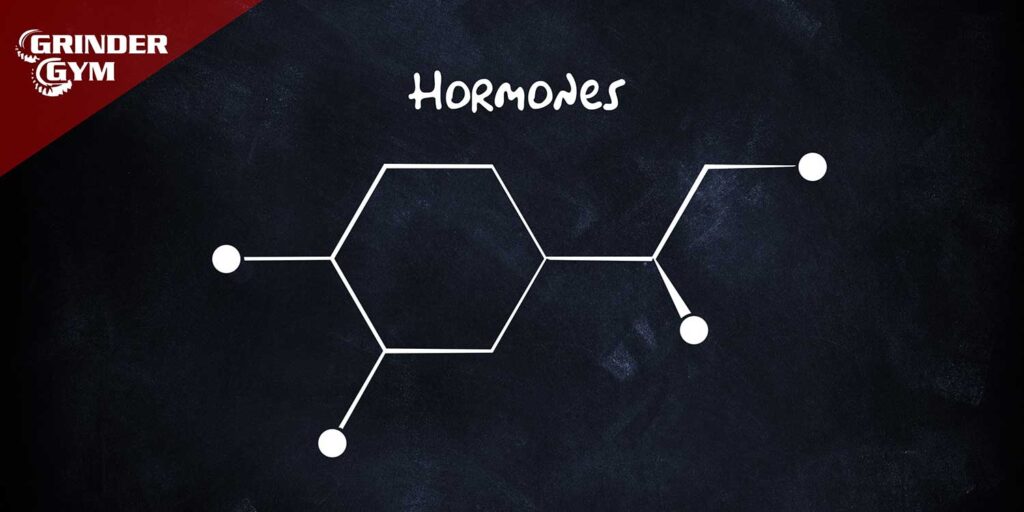
Acetylcholine: Essential for muscle activation and contraction, it also plays a significant role in memory and learning by transmitting signals in the brain and influencing attention and arousal.
Function and Role in the Body:
- Muscle Activation and Contraction: Acetylcholine (ACh) is the primary neurotransmitter involved in the activation and contraction of skeletal muscles. It is released at neuromuscular junctions, where it binds to receptors on muscle cells, causing them to depolarize and contract. This process is critical for all voluntary movements and motor control.
- Memory and Learning: In the brain, acetylcholine plays a crucial role in cognitive functions, particularly in the areas of memory and learning. It enhances the encoding of new memories and the retrieval of existing ones. ACh is abundant in the hippocampus and other areas of the brain associated with learning and memory.
- Attention and Arousal: Acetylcholine influences attention and arousal by modulating the activity of the brain’s reticular activating system. This system is responsible for maintaining wakefulness and alertness. ACh helps improve focus, concentration, and the ability to sustain attention on tasks.
Mechanism of Action:
- Synthesis and Release: Acetylcholine is synthesized from choline and acetyl-CoA by the enzyme choline acetyltransferase. Once synthesized, it is stored in vesicles at the presynaptic terminal of neurons. Upon the arrival of an action potential, ACh is released into the synaptic cleft.
- Receptor Binding: Acetylcholine binds to two main types of receptors: nicotinic and muscarinic receptors. Nicotinic receptors are ionotropic, meaning they form ion channels that open upon binding, leading to an immediate response. Muscarinic receptors are metabotropic and work through G-proteins to initiate a cascade of intracellular events, resulting in a slower but prolonged response.
- Inactivation: After exerting its effects, acetylcholine is rapidly broken down by the enzyme acetylcholinesterase into choline and acetate. This breakdown prevents continuous stimulation of the postsynaptic cell and allows for the reuptake and reuse of choline in the synthesis of new acetylcholine molecules.
Clinical Relevance:
- Alzheimer’s Disease: Acetylcholine levels are significantly reduced in patients with Alzheimer’s disease, contributing to the cognitive deficits associated with the condition. Cholinesterase inhibitors, which prevent the breakdown of ACh, are commonly used to manage symptoms by enhancing cholinergic transmission in the brain.
- Myasthenia Gravis: This autoimmune disorder is characterized by the production of antibodies against nicotinic acetylcholine receptors at the neuromuscular junction, leading to muscle weakness and fatigue. Treatments often involve cholinesterase inhibitors to increase the availability of ACh and improve muscle strength.
- Botulinum Toxin: Commonly known as Botox, this toxin inhibits the release of acetylcholine from nerve endings, causing muscle paralysis. While it is used cosmetically to reduce wrinkles, it also has medical applications in treating muscle spasms and other conditions involving overactive muscles.
Summary: Acetylcholine is a versatile and vital neurotransmitter essential for muscle activation, cognitive functions such as memory and learning, and maintaining attention and arousal. Its precise regulation and action at various types of receptors highlight its importance in both the central and peripheral nervous systems. Disruptions in acetylcholine signaling are associated with several neurological and muscular disorders, underscoring its critical role in human health.
ARTICLES



